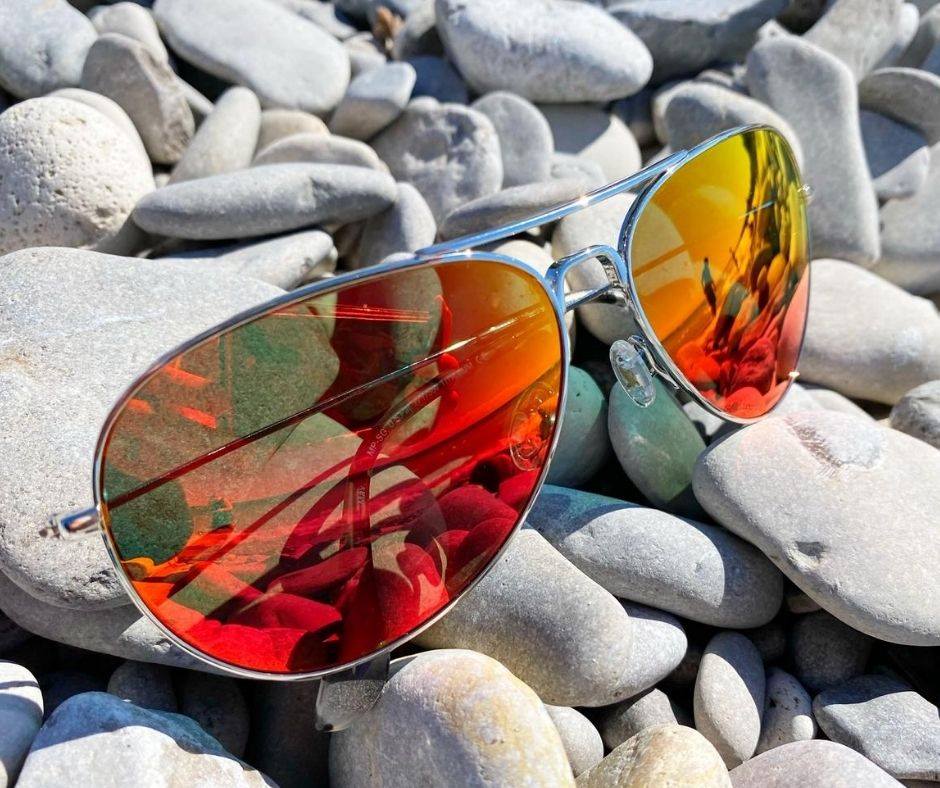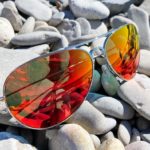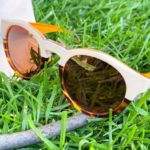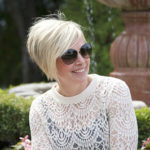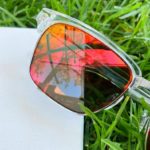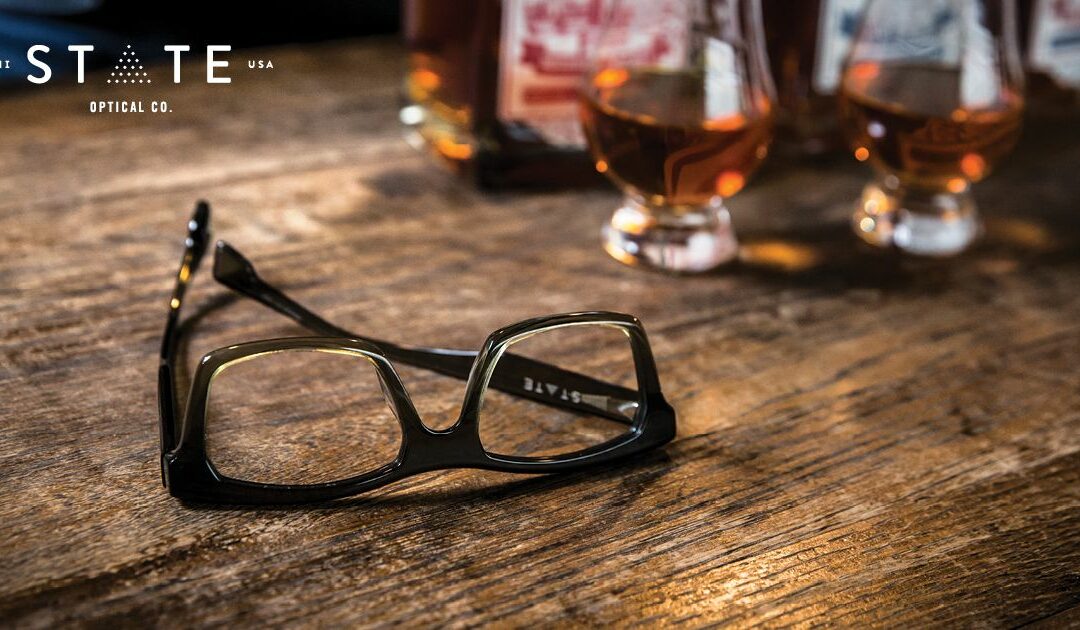
by Maddie Shelton | Feb 20, 2023 | Eye Health, Eyewear, Trends
When it comes to choosing the right eyewear, there are many options to consider. However, STATE Optical Co. stands out from the rest for its unique features, commitment to quality, and impactful mission. Here are 3 reasons we love STATE Optical Co. that you need to know.
- Purposeful Design: Each pair of STATE Optical Co. is designed with purpose, ensuring that they not only look good but also serve a greater good. Their lightweight and comfortable fit allows every aspect of their design has been carefully considered to make sure that you have the best possible experience.
- Giving Back: STATE Optical Co. is more than just a company selling eyewear. They are a company that is committed to making a difference. For every pair of eyewear purchased, STATE donates a portion of their sales to support educational initiatives in underprivileged communities. This means that when you buy from STATE, you’re not only getting a great product, but you’re also supporting a great cause.
- Quality Guaranteed: STATE Optical Co. takes quality seriously. From the materials used to create their eyewear to the rigorous testing they undergo, they make sure that every pair of eyewear is of the highest quality. With a focus on craftsmanship and attention to detail, STATE is a brand you can trust to provide you with the best possible eyewear experience.
STATE Optical Co. is a brand that is truly dedicated to making a difference. With purposeful design, a commitment to giving back, and a guarantee of quality, they are the perfect choice for anyone looking for eyewear that is both stylish and impactful. Whether you’re looking for a new pair of sunglasses or a stylish pair of eyeglasses, STATE has something for everyone. So why not give them a try today and make a difference in the world? Stop by one of our locations to browse the collection!

by Colleen Stout | Jan 19, 2023 | Eyewear, Trends
Eyewear is so much more than just a necessity to correct your eyesight. It’s an integral part of your wardrobe. Stylish eyewear helps pull together an outfit. It also makes a statement about who you are and shows off your unique fashion sense. Wearing up-to-date glasses with current styles may give you a more youthful appearance. Frame designs have come a long way from the old-fashioned spectacles of the past. Today everyone can find eyeglasses that flatter and fit their personality. The new year is an excellent time to refresh your look with a pair of new specs. Here’s what’s trending in eyewear for 2023.
Eco-Friendly – Many companies are emphasizing eco-friendly eyewear. They want to increase sustainability and reduce their carbon footprint. By doing this, eyewear companies are incorporating recycled materials, natural materials like wood, and bio-acetate. Zeal Optics is one example. They manufacture eyeglasses from a plant-based material called Z-Resin. You can feel good about making an ethical eyewear purchase as a consumer.
That 70s Vibe – What goes around comes around! When it comes to eyewear, the 1970s are back in fashion. This year you’ll see large, chunky, plastic frames with many angles. Aviators are another throwback from the 70s making a comeback. This is thanks to the popularity of the new Top Gun movie. Tinted lenses from the same decade are also on the horizon. Red, yellow, and orange are on tap to be the most popular color choices.
Sporty Styles – Sporty and athletic-inspired specs are appearing in people’s eyewear choices. Think wrap-around type sunglasses worn by cyclists or beach volleyball players. This is a fashionable and practical choice as more and more folks venture outdoors after pandemic lockdowns. These athletic glasses protect your eyes and stay put through most physical activities.
Cat Eye – Cat eye frames are another blast from the past making a return. This classic style from the 1950s and 60s gives you an old Hollywood glam aesthetic, but they’re also playful enough to go with casual outfits. Some people now call them harlequin glasses because they mimic masquerade masks.
Simple Metal Frames – Minimalists are choosing delicate metal frames with thin lines. Silver or black are popular color choices. They won’t draw as much attention as more substantial frames. They also compliment a face with delicate features.
Timeless Black Frames – Black frames never go out of fashion. The color is always chic and goes with everything, so you don’t have to worry if they match your outfit. You can find a black frame in almost every material type and style, from sophisticated to bohemian.
Geometric Shapes – If you want glasses that are a little more daring, go with frames in a geometric shape. Round, rectangular, and hexagons are the most popular shapes. They’re usually wired frames in silver or gold but can also be found in plastics. They’ll definitely make you stand out from the crowd.
Pastels – Pastel colors are showing up a lot in eyewear. Light greens, blues, and pinks are the most common shades. Often the frames are translucent, giving a subtle pop of color. Choose a shade that highlights your eye color or compliments your skin tone.
Stop by the Sunglass Shoppe, and we’ll help you select on-trend, comfortable, flattering eyewear.
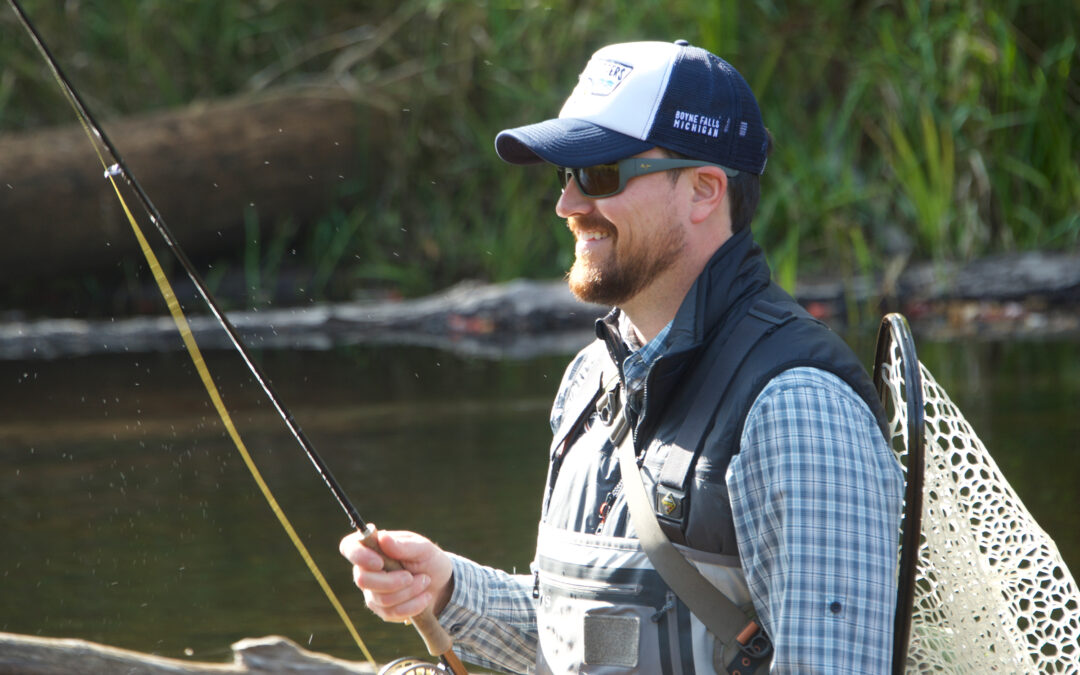
by Colleen Stout | Jul 25, 2022 | Eyewear
If outdoor sports and recreation are high on your list of favorite activities, you should consider wearing polarized sunglasses. They’ll help you see more clearly and make your time outside more enjoyable.
Traditional sunglasses work by making the sun appear less bright. Wearing them is like using a dimmer switch. On sunny days they reduce the intensity of sunlight. They also protect your eyes from UV rays. What they don’t do is reduce glare or block specific types of light.
Polarized sunglasses block horizontal reflected light. This is the light that reflects off of white snow or water on a bright, sunny day. The reflected light creates the dazzling glare that makes it so you can’t see through the water or that blinds you on the ski slope. Polarized sunglasses have a special coating that is applied in a vertical pattern. It blocks the horizontal rays that cause glare while allowing vertical rays through. LIke traditional sunglasses, polarized lenses also provide UV protection.
The glare from horizontal rays when you’re wearing traditional sunglasses changes the way colors appear. You won’t see the full impact of a beautiful blue sky or an emerald green forest. Colors appear muted. With polarized sunglasses colors are more true, shadows and highlights have more contrast, and clarity is improved.
The glare from the sun can also be dangerous during activities that require a clear view of your surroundings so you can react quickly. When skiing or mountain biking, glare may disrupt your sightline. That could cause a serious accident.
Polarized sunglasses can also reduce eye strain and prevent headaches. However, it’s important to remember you still can’t stare directly at the sun when wearing them. Also, if you’re using an electronic device that has an anti-glare screen, polarized sunglasses may make it hard to view.
Polarized sunglasses are especially popular with fishermen. They shade their eyes from the sun out on the water, and they also eliminate the sun’s glare off the water. If you look at the water on a sunny day wearing traditional sunglasses, you’ll only see the surface of the water because of the sun’s reflection. If you’re wearing polarized sunglasses, that glare is blocked. You’ll be able to see down into the water. In clear water, you can see the fish swimming below the surface. That’s a big advantage for a fisherman!
Polarized sunglasses aren’t just for outdoorsmen, however. They’re also good for blocking glare when driving, particularly when the sun is rising or setting. Have you ever been driving west at sunset when suddenly the glare on your windshield makes it so you can’t see anything but the blinding light? Polarized sunglasses help prevent that, too.
If you wear prescription eyeglasses, you aren’t left out. Polarized prescription sunglasses are also available.
The Sunglass Shoppe has a variety of unique and designer frames that can be fitted with polarized lenses, both prescription and non-prescription. Visit one of our four locations in Petoskey, Charlevoix, Traverse City, and Saugatuck. We’ll help you find the right sunglasses to fit your lifestyle and your unique personality.
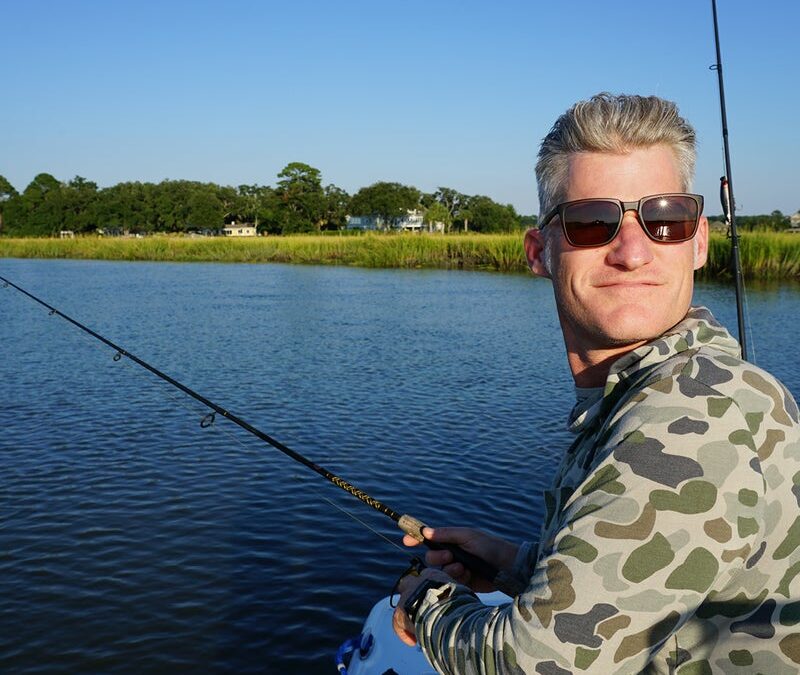
by Colleen Stout | Jun 13, 2022 | Eyewear
You shop with reusable bags, buy locally grown produce, and drink fair-trade coffee. But have you ever thought about wearing ethical sunglasses from an eyewear company that cares?
Sunglasses aren’t just for summer. You should wear them all year round on sunny days when you’re outside or driving. They protect your eyes from harmful UVA and UVB rays. Too much exposure to these rays can potentially cause eye damage, leading to vision loss. If you wear prescription eyeglasses you can buy sunglasses with prescription lenses. If you don’t need glasses for vision you can purchase sunglasses with lenses that just offer protection from the sun.
Of course, sunglasses also make a fashion statement. As an accessory, sunglasses instantly add an element of cool to any outfit. A unique pair of sunglasses make a statement as well and tell others something about your personality.
When you choose ethical sunglasses you protect your eyes, look great, and feel good about your purchase. Here are three ethical sunglass brands you can find at The Sunglass Shoppe:
Zeal Optics Sunglasses
Zeal Optics makes plant-based polarized sunglasses that protect your eyes and the earth. Their eco-friendly sunglass frames and lenses are made with Z-Resin, a plant-based material derived from the castor plant. This makes Zeal Optics eyewear sustainable and good for the environment by being petroleum-free. They also have a smaller carbon footprint. But plant-based doesn’t mean lower quality. The Z-Resin actually allows them to produce a polarized lens with greater clarity for crisp, clear vision.
State Optical Sunglasses
State Optical is the only luxury eyewear brand manufactured completely in the United States. State’s eyewear is handcrafted at their manufacturing facility in Chicago by a select group of skilled craftsmen. They’re committed to producing only the best quality eyewear. State Optical is also committed to changing the world for the better. They proudly contribute to the Vision Council’s Opening Your Eyes Scholarship which provides full tuition, an internship, and mentorship to high school seniors from black and brown communities who aspire to become opticians.
Costa Sunglasses
Costa sunglasses are made for people who love to be on the water. It’s only natural that the company would help protect what they and their customers love – the beach and the water. Costa does this through several different programs. Their Kick Plastic campaign sponsors beach clean-ups and encourages less use of plastics that make their way into the world’s oceans. Their partnership with Ocearch helps fund the protection of sharks. Through #OneCoast, Costa provides funds to coastal communities affected by natural disasters. Costa also helps reduce ocean waste with its Untangled eyewear collection. Frames in this collection are made from recycled fishing nets. As many as 640,000 tons of fishing materials are discarded in the ocean each year.
If you’re interested in purchasing ethical sunglasses, visit The Sunglass Shoppe to learn more about these brands and to try on a pair. They’ll help you find the right pair of sunglasses for your individual needs and personality. They provide services for both standard and prescription sunglasses. The Sunglass Shoppe has four locations in Michigan: Petoskey, Charlevoix, Traverse City, and Saugatuck.
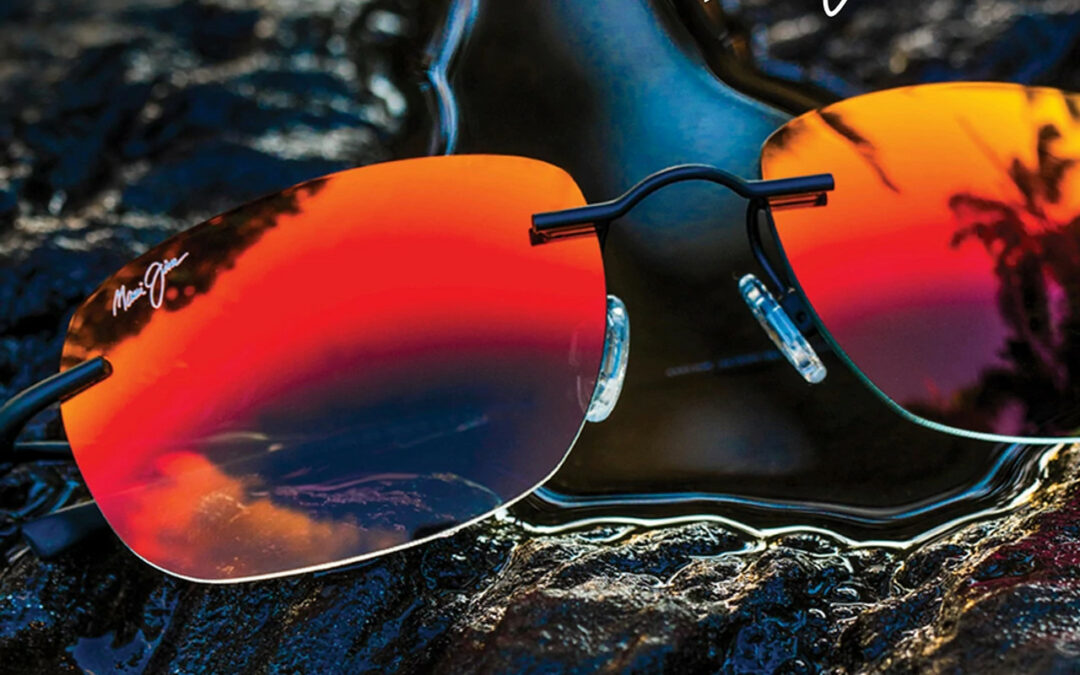
by Michelle | Mar 11, 2022 | Eyewear
If you have ever stepped foot into one of the Sunglass Shoppe’s locations, you know that one of our favorite brands we like to carry is Maui Jim. Maui Jim has been around since 1980. They started small on the beaches of Hawaii and have since gone global.
Here are three reasons why we think Maui Jim is an excellent brand with SPECtacular eyeglasses and sunglasses.
Technology
Maui Jim wants to give their customers the best view possible. They accomplish this by focusing on the color and clarity of their lenses. Since they first started selling their sunglasses on the beach, Maui Jim knew they needed to create a product that shields the sun’s harsh glare but still shows the unique colors and clarity of the world around us. Maui Jim designed their PolaredPlus2 technology, which does precisely that! With a variety of lens colors, there is something for everyone from Maui Jim!
Embrace Aloha
At Maui Jim, they consider their customers family. Maui Jim’s staff is committed to ensuring everyone has an enjoyable experience with every interaction. That is what they like to call the “spirit of Aloha!” The spirit of Aloha is a way of life that brings warmth and heart to everyone.
Independently Owned
Maui Jim started as an independently owned company selling on Hawaii beaches and quickly grew to be the global company we know today. The company continues to be independently owned, allowing them to do things for their customers that other companies cannot do, such as free shipping and returns and personal customer service.
Not familiar with the Maui Jim brand? Stop into The Sunglass Shoppe and check out our large variety of sunglasses and eyeglasses. The Sunglass Shoppe has locations in Petoskey and Traverse City, MI. Check out our shops in Charlevoix and Saugatuck, MI, during the summer months.
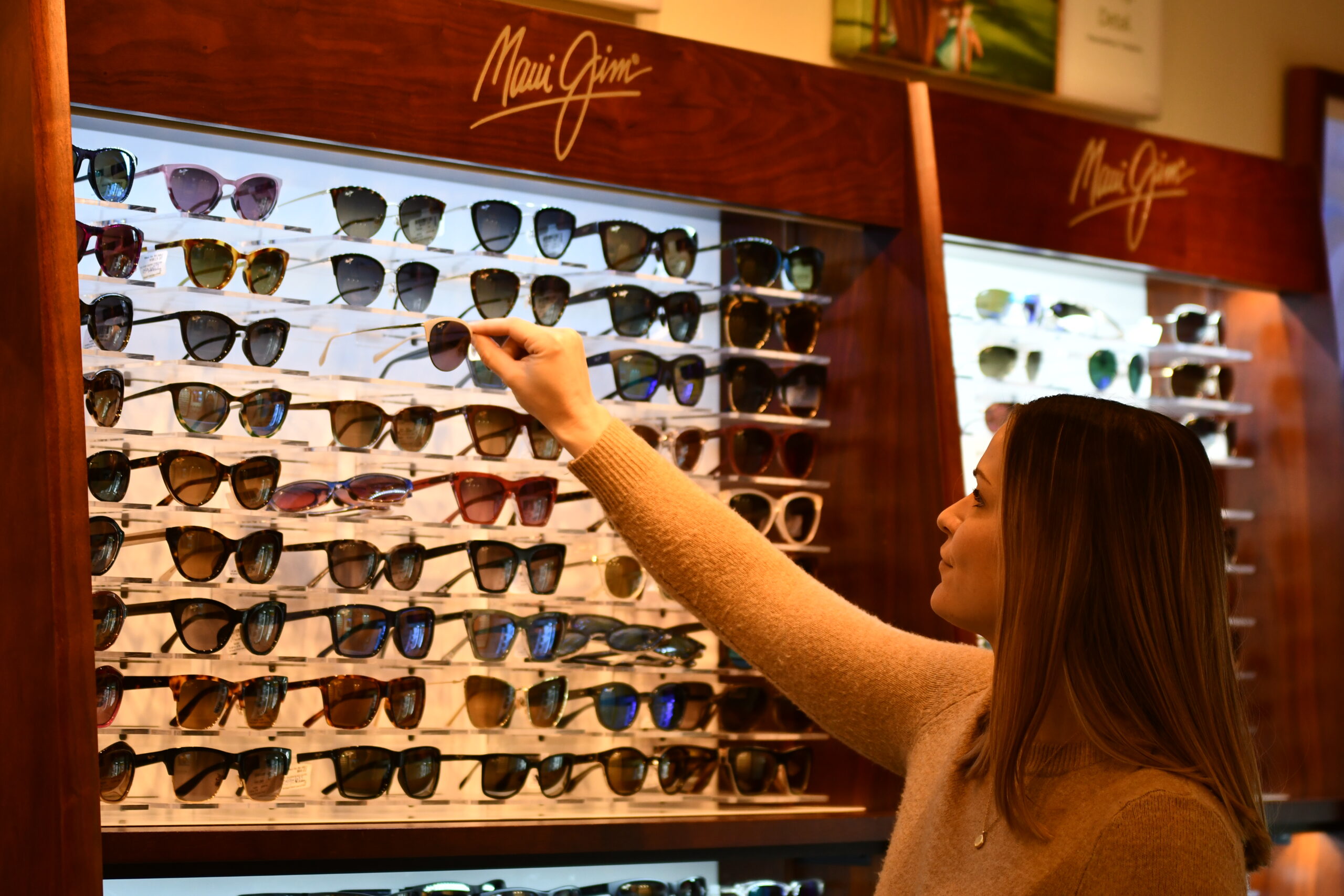
by Michelle | Feb 2, 2022 | Eyewear
This cold weather has us wishing for the summer months to come quickly! Shopping for summer necessities can help us get into the summer spirit, and that includes shopping for new sunglasses. If you are in the market for new sunglasses, here are four things to consider before you close the deal.
UV Protection
When looking for new sunglasses, make sure you are looking for options that have 100% UV protection. Many sunglasses will promote UV protection, but if they don’t say 100%, then you most likely aren’t getting complete protection. If you are unsure, it’s always a good idea to ask the store clerk before purchasing.
It’s also important to note that the darker the sunglasses lenses don’t always mean more protection. Only sunglasses with the UV protection tag will provide you with the best protection for your eyes.
Bigger is Better
Bigger sunglasses will provide you with more protection to your eyes than smaller frames. Bigger sunglasses will help prevent the sunlight from sneaking into the sides of your glasses. If you aren’t a fan of oversized sunglasses, consider wearing glasses that wrap around your face for better protection. Sunglasses that wrap around your face also provide good protection if you are into sports.
Lens Color
Sunglasses that have a colored lens, such as pink or blue, do not necessarily help with protecting you from UV rays. This is also the case for mirrored lenses. If you are an athlete who plays sports where you need to focus on a ball, many people find it helpful to have colored or mirrored lenses. Most of the time, the color of the lens is more about preference.
Fit
Sunglasses will do nothing for you if they don’t fit well on your head. If they are too big and fall to the tip of your nose, they will be more annoying than helpful. Make sure your sunglasses fit comfortably on your face – not too big but not too snug on your face either, which can cause discomfort.
Polarized
Consider polarized sunglasses if you think you will be near the water often this summer. Polarized lenses will reduce the glare that can bounce off the water, causing you difficulty seeing. It is important to note that polarized sunglasses do not provide UV protection; it gives you a better visual experience.
There is much to consider when shopping for sunglasses. It can be overwhelming at times. Our staff at The Sunglass Shoppe is here to help! Stop in at one of our locations, and we can help you find the perfect pair of sunglasses for the upcoming summer!






